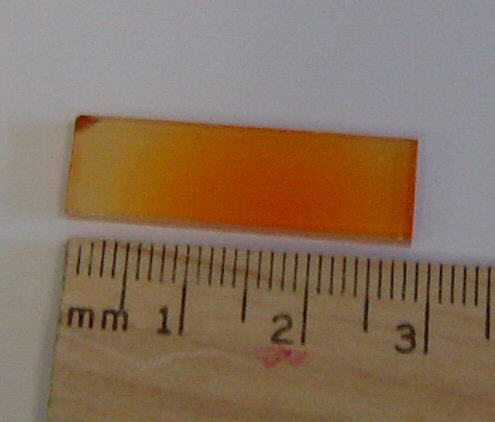 |
 |
| Home | Blogs | Solargon | More Links | Workshops | Innovation |
Carrick Eggleston is involved in research related to new solar energy technologies. There are several aspects of today's solar photovoltaic technology that will be problematic if we try to expand usage to the scale needed to seriously impact the country's - and indeed the world's - energy portfolio:
1) "Like night and day" is no joke - sunlight is far from constant, and varies seasonally and regionally. Energy storage - generally, batteries - is inefficient and expensive. We seek to develop materials for photocatalytic devices that can make chemical fuels from sunlight and a feedstock. An example would be a photocatalytic cell that can "split" water into oxygen and hydrogen. Hydrogen can then be stored and burned later as needed. Hydrogen is difficult to store, however, so newer research is also focusing on other fuels that can be generated from sunlight and an environmentally benign feedstock.
2) The other fundamental problem is that even if you have a very efficient photochemical process for solar fuels, those solar panels must use materials that are highly abundant. There simply is not enough platinum etc. in the world to make enough panels to make a difference, so we simply have to make it work without the full array of chemical elements!
A pretty good basic explanation of photocatalysis for solar fuels can be found at:
Photoelectrochemical Cells, PEC House
Information can also be found at the National Renewable Energy Laboratory (NREL)


